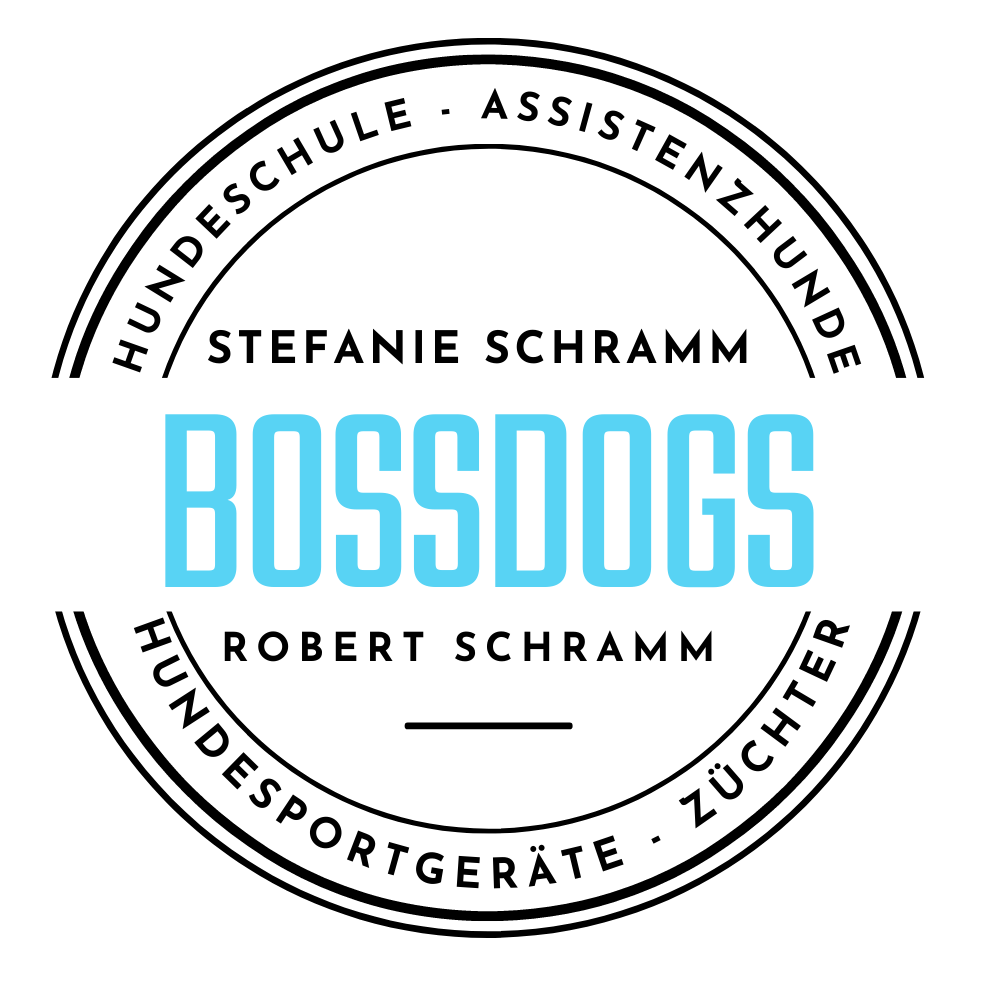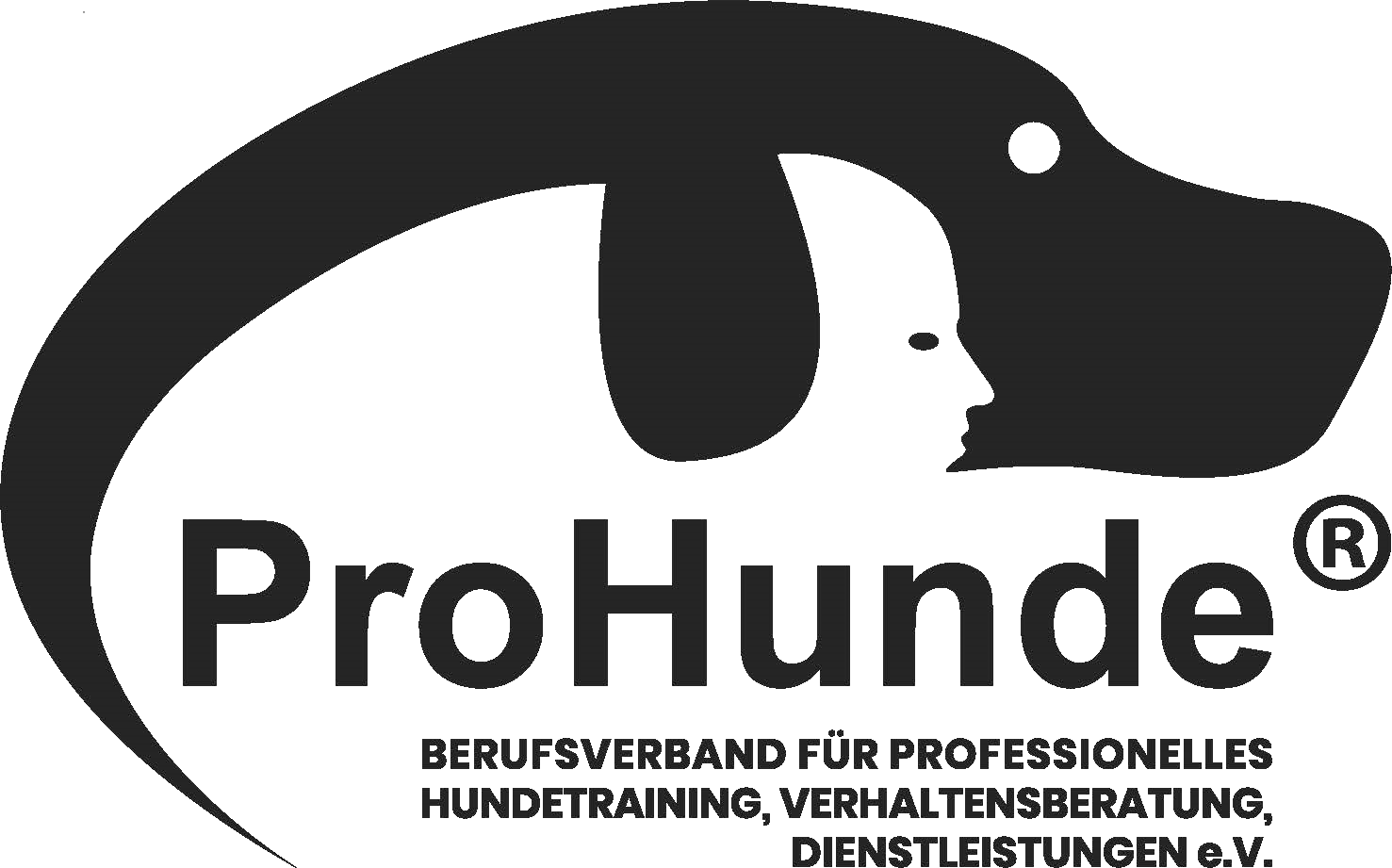Our dogs
Character
The Australian Shepherd impresses above all with its irrepressible temperament, its enviable endurance and its pronounced protective instinct. He is a working dog through and through, who does not lose his innate herding and guard instinct even as a family dog. For the active and eager to learn dog, work means passion and so he is always 100 percent focused on all the tasks entrusted to him. He is very intelligent and docile and is happy about every new challenge.
Friendly working dog with a mind of his own
At the same time, the pedigree dog affectionately known as "Aussie" is also very people-oriented and has a pronounced "will to please". He wants to please his people and enjoys working with them. His high ability to learn, coupled with his willingness to subordinate and obey people, make the former working dog more and more popular as a family dog. However, his desire to please his "pack leaders" does not mean that he blindly follows all commands and orders of his master. As the original herding dog, the Australian Shepherd has kept its own mind and thus a certain independence.
High willingness to learn and powers of observation
His "will to please" and his willingness to learn should not be confused with being easy to train. He learns very quickly, but also quickly learns the wrong things. His upbringing requires just as much prudence, patience and empathy as consistency and straightforwardness. The intelligent and attentive dog immediately detects weak points and takes advantage of them. Many an Australian Shepherd probably knows their owner better than they know themselves. With self-confidence, consistency and of course a lot of love and affection, living with an Aussie is very harmonious and problem-free. Although he is reserved towards strangers at first, he warms to it because of his personality friendly and good-natured nature quickly. He is also patient and well tolerated when dealing with children and other pets. However, it can happen that other animals, children, joggers or even cars appeal to his herding instinct - clear boundaries and an extensive range of activities are accordingly important for the eager and versatile pedigree dog.
Look
Its origins as a herding and cattle dog can be recognized not only by its pronounced will to work and its great urge to move, but also by its strong and muscular, but very agile and supple body. With a height at the withers of 51 to 58 cm for males and 46 to 53 cm for females and a maximum weight of 22 kg, the Australian Shepherd is a medium-sized, but still quite light dog. He moves freely and effortlessly and shows great skill in many dog sports.
Well-proportioned body with a bobtail
As a working dog, he has a very robust physique that never looks rough. The Aussie's slightly arched to flat head with a clearly recognizable stop and a muzzle of about the same length is in good proportion to its harmonious body. It has a strong scissor bite and triangular ears, which are set high on the head and tilt slightly forward or to the side when concentrated and alert. Characteristic of some dogs of this breed is the innate bobtail, also called "natural bobtail" (NBT). Longer rods may be docked up to a maximum of 10 cm in countries without a docking ban.
Weather-resistant fur with a wide variety of colors
The smooth to slightly wavy coat of the Australian Shepherd is very weather resistant thanks to the strong undercoat. In males, the mane and ruff are slightly more hairy than in females. On the head, on the outside of the ears, the front of the forelegs and below the hocks, the hair is short and close-lying in both sexes. The greatest feature of the breed, which among other things explains its great popularity, is certainly the variety of its coat color. Basically, there are four basic colors, which, however, offer 16 possible color variants in their combination and the different badges.
health
While some breed representatives still herd and herd sheep and other livestock, the majority of Australian Shepherds are now kept as family and companion dogs. According to their use, two different lines have developed in breeding: A working line, in which the original herding characteristics and the herd instinct are preserved and promoted, and a somewhat calmer line, in which more value is placed on balance and a curbed temperament and which deals with it better suited to life as a family dog. But even the more balanced line still brings more energy than some football teams. When buying an adorable puppy, this is often forgotten and often the new owners quickly feel overwhelmed at home.
Breed diseases
The fact that breed-specific hereditary diseases have increasingly appeared in recent years is unfortunately also due to the increasing popularity of the breed and the associated uncontrolled breeding. Common medical conditions that the Australian Shepherd struggles with include joint problems such as hip and elbow dysplasia (HD and ED), eye conditions such as cataracts and PRA (progressive retinal atrophy), epilepsy, and dentition and tooth defects. As with collies, the so-called MDR1 defect also occurs in many breed representatives, which leads to hypersensitivity to various drugs. When two Merle types are mated, the offspring often suffer from deafness and/or blindness. In some countries, the mating Merle x Merle is therefore prohibited as torture breeding.
BOSSDOGS dog school - assistance dogs - dog sports equipment
Red Dream Aussies
Stephanie and Robert Schramm
Förstenreuth 20
95236 Stammbach
Tel. No.: 01717635511 or 016096720533
Email: schramm_stefanie03@t-online.de, vier-pfoten-foerstenreuth@t-online.de
tested according to § 11 TierSchG
Member of the association ProHunde
Member of the professional association of animal behavior consultants and trainers eV VDTT
Member of the association ICR eV
Member of ASCA











